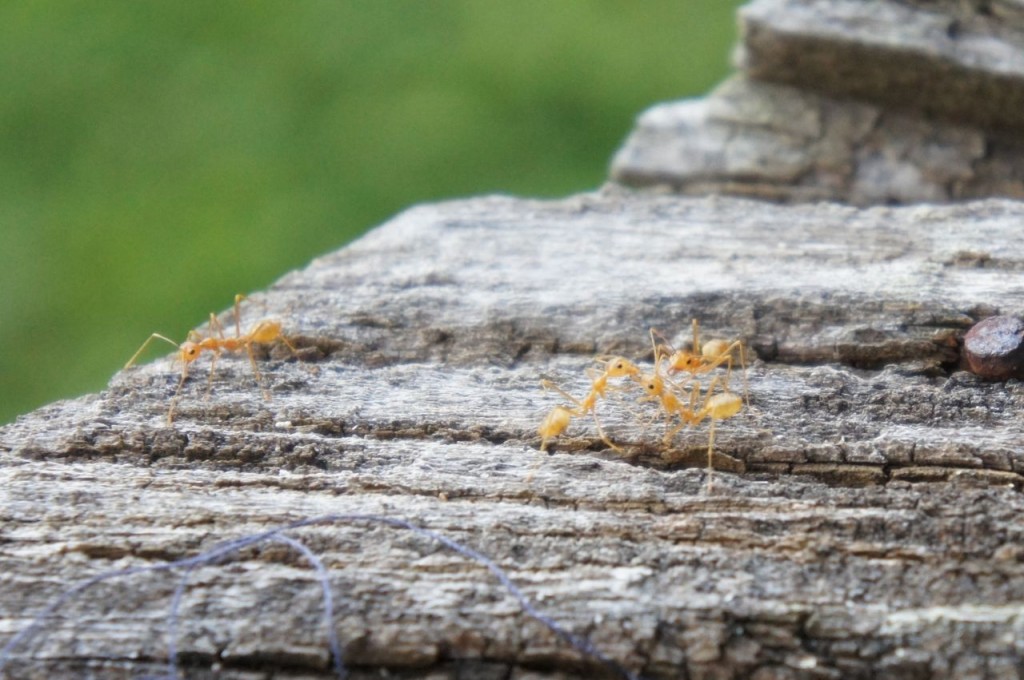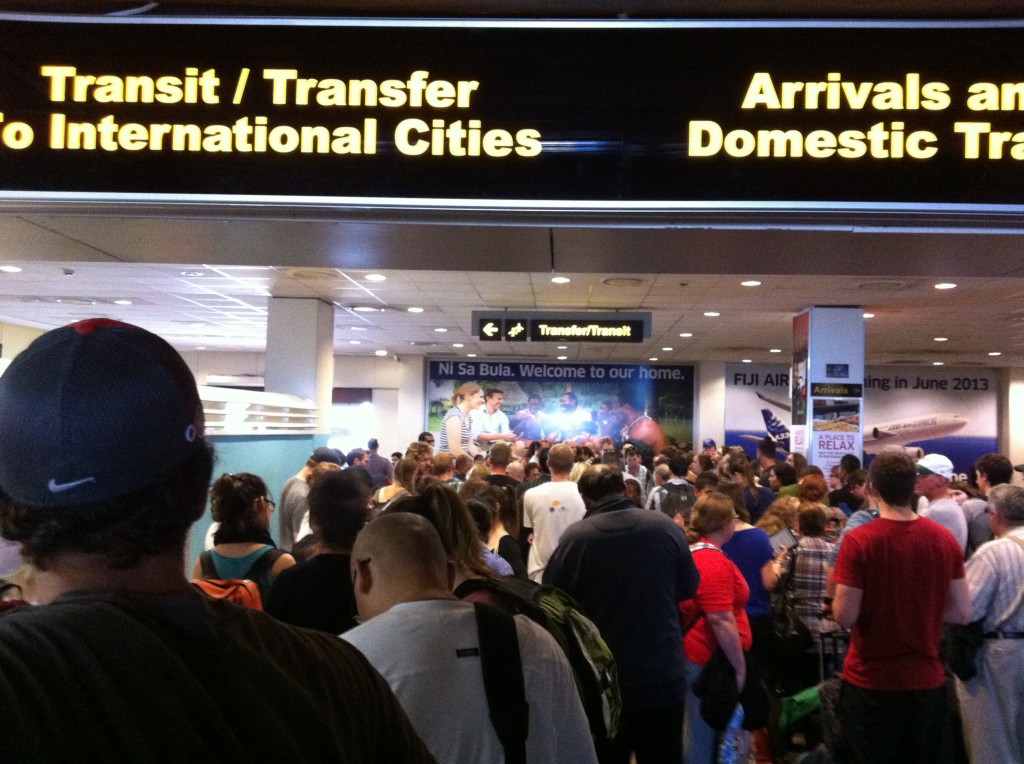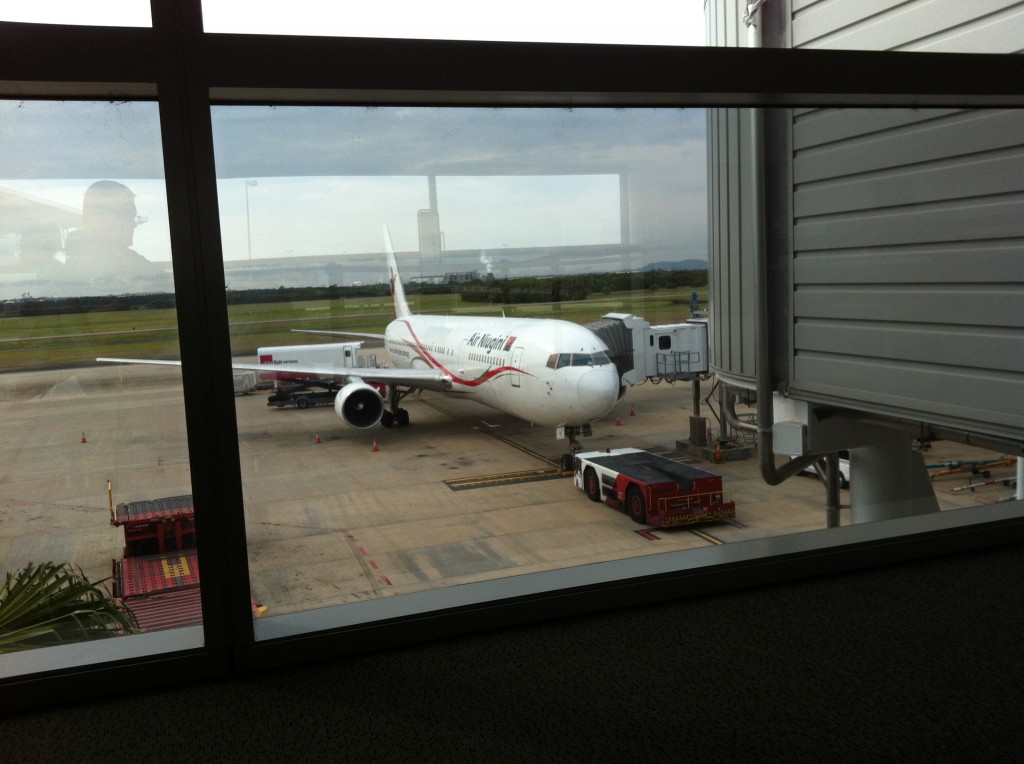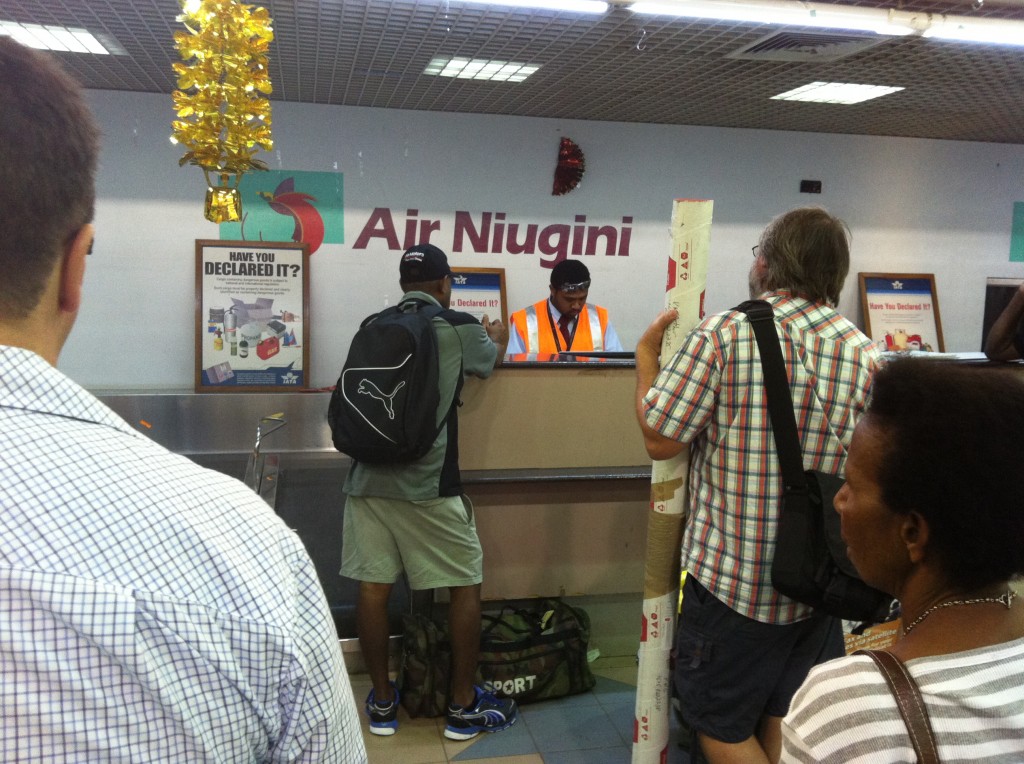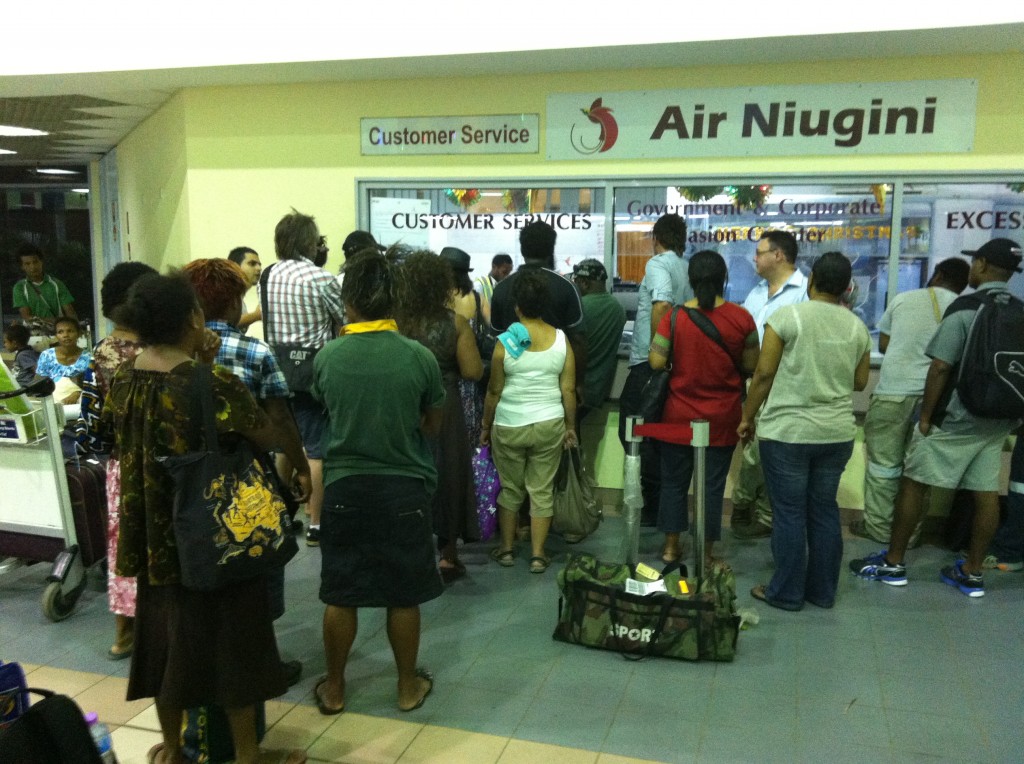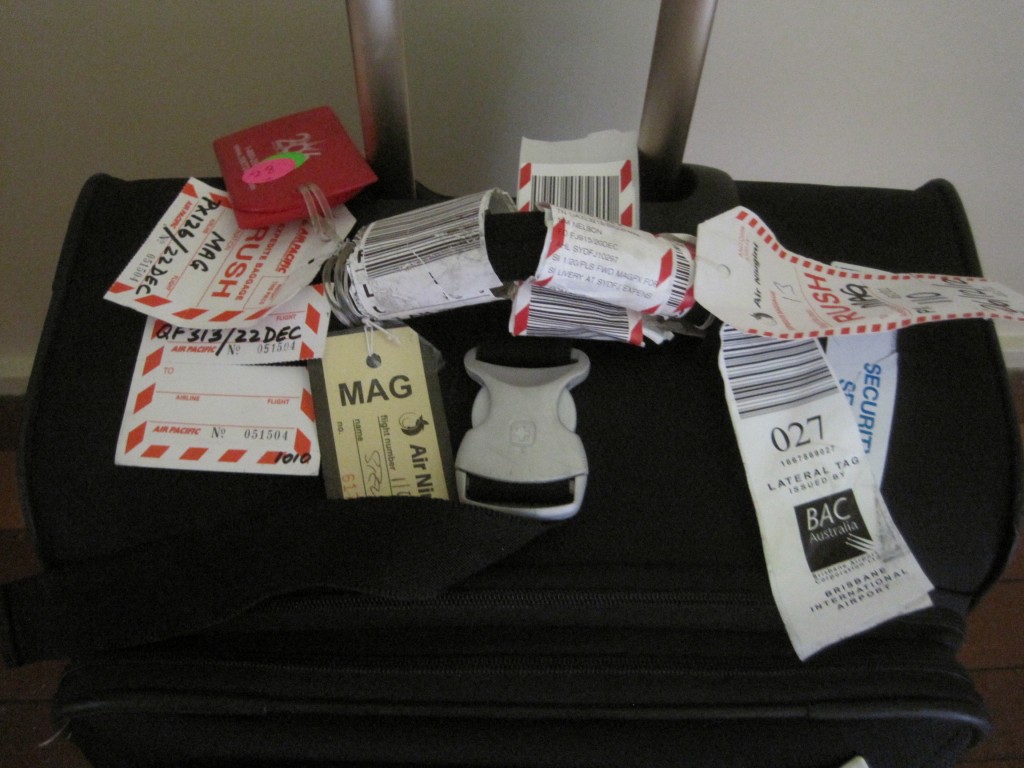A couple of days ago, Br. Jim decided that 5 of the coconut trees near the high water tank on the campus needed to be cut down. He’s been worried that a high wind or storm may cause one of the top-heavy trees to fall, crashing into this very important tank.
A man named Max from the nearby village of Rempi was hired to climb the trees and attach a rope near the top, so that some of the brothers could control which way the trees would fall when cut.
Br. Jim, with his trusty chainsaw, did the actual cutting, a task he’s obviously skilled at. Each tree fell with a mighty WHUMP!, sending coconuts and friars scrambling and leaving a noticeable dent in the ground. It also dislodged a few hundred thousand of those pesky ants that I wrote about before.
I shot some video of this ersatz lumberjacking process and posted it on YouTube. I know Jim Fox will particularly appreciate it. Maybe you will too.
[youtube http://youtu.be/f1mZ6LdLhAA]
This is my first little video project using my new camera. I still have to learn a few things about it. What do you think? Please leave a comment below. The video resolution may be a bit low, but even at this reduced size, it took almost 3 hours to upload.
Oh, leave a comment too if you have some ideas about other things you’d like to see from the environs of St. Fidelis. I’ll see what I can do.
The photo attached to this post? That’s kulau, the coconut water inside the young coconuts (not coconut milk). This is a clear water-like substance inside the coconut that is very drinkable, full of electrolytes, and quite tasty. It has a tang to it and reminded me a little of Sprite. Not at all like coconut.
